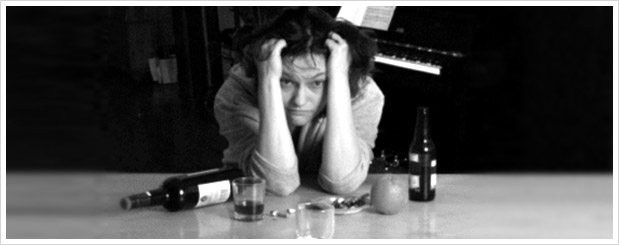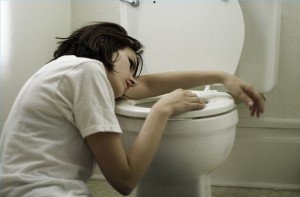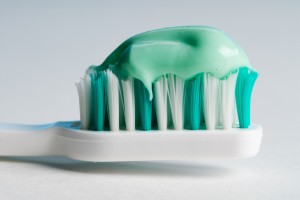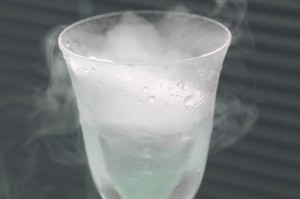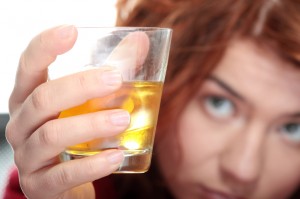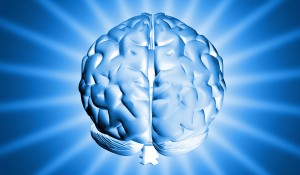Nearly everyone who has tried alcohol has experienced headache, nausea, anxiety, fatigue, and dehydration after a long night of drinking; you know it better as a hangover. Not everyone has experienced alcohol withdrawal, even though they may have tried alcohol. And while some of the characteristics of the two are similar; there is a huge different between a hangover and alcohol withdrawal.
So what is the difference between a hangover and alcohol withdrawal? Well, in order to answer that question it is good to look at what both of them are.
What is a hangover?
A hangover is a collection of signs and symptoms linked to a recent bout of heavy drinking. The sufferer typically has a headache, feels sick, dizzy, sleepy, confused and thirsty. Hangovers can occur at any time of day, but are usually more common the morning after a night of heavy drinking. As well as physical symptoms, the person may also experience elevated levels of anxiety, regret, shame, embarrassment, as well as depression. The severity of a hangover is closely linked to how much alcohol was consumed, and whether the sufferer had enough sleep. A hangover is the consequence of consuming too much alcohol which causes urination and the chances of dehydration; an immune system response which can affect appetite, concentration and memory; stomach irritation which can cause nausea and stomach ache; a drop in blood sugar which can result in shakiness, moodiness, tiredness, weakness; dilation of blood vessels which can cause headaches; sleep quality which causes tiredness and fatigue.
What is alcohol withdrawal?
Alcohol withdrawal refers to a group of symptoms that may occur from suddenly stopping the use of alcohol after chronic or prolonged ingestion. Not everyone who stops drinking experiences withdrawal symptoms, but most people who have been drinking for a long period of time, or drinking frequently, or drink heavily when they do drink, will experience some form of alcohol withdrawal symptoms if they stop drinking suddenly. Alcohol withdrawal symptoms can include:
- Anxiety
- Irritability
- Rapid emotional changes
- Depression
- Fatigue
- Bad dreams
- Headache – general, pulsating
- Sweating, especially the palms of the hands or the face
- Nausea and Vomiting
- Loss of appetite
- Insomnia, sleeping difficulty Paleness
- Rapid heart rate (palpitations)
- Eyes, pupils different size (enlarged, dilated pupils)
- Skin, clammy
- Abnormal movements
- Tremor of the hands
- Involuntary, abnormal movements of the eyelids
Alcohol withdrawal can also result in hallucinations, agitation, fever, convulsions, seizures, black outs, DTs, and in the worst case scenario death.
So what is the difference between a hangover and alcohol withdrawal?
The answer should be quite obvious now. The difference between a hangover and alcohol withdrawal is: A hangover is the result of consuming too much alcohol and alcohol withdrawal is the result of cutting back on alcohol or stopping all together. The two are totally different from one another. Alcohol withdrawal is the result of a physical dependence on the substance and then depriving the body of it and a hangover is merely the body’s reaction to taking in too much alcohol one night. Alcohol withdrawal can result in death. A hangover may make you feel like death, but you won’t die. Many people get hangovers because it is so easy to accidentally take in too much alcohol but many people do not suffer alcohol withdrawal because they have had to build a physical addiction to it and then try to stop drinking first in order to experience it.
Source:
http://www.addictscience.com/hangover-withdrawal/

